Pre wire for ceiling fans?
Mom23Es
11 years ago
Featured Answer
Sort by:Oldest
Comments (13)
brickeyee
11 years agoRelated Professionals
River Edge Architects & Building Designers · Honolulu Design-Build Firms · Lake Station Home Builders · Berkley Home Builders · Lewisville Home Builders · New River Home Builders · Yorkville Home Builders · Fremont General Contractors · Millville General Contractors · Niles General Contractors · Port Huron General Contractors · Rossmoor General Contractors · Selma General Contractors · Torrington General Contractors · Valley Stream General ContractorsMom23Es
11 years agoangela12345
11 years agoUser
11 years agochibimimi
11 years agobrickeyee
11 years agochibimimi
11 years agoILoveRed
11 years agoMom23Es
11 years agochiefneil
11 years agoUser
11 years agoHU-106432493
2 years ago
Related Stories
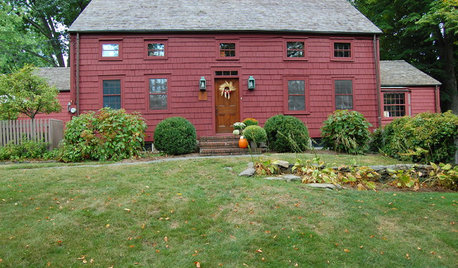
ECLECTIC HOMESMy Houzz: A Pre-Revolutionary Home for a Modern Family
A dedicated DIYer mixes colonial style with today's comforts to create a meaningful home for 5
Full Story
ORGANIZINGPre-Storage Checklist: 10 Questions to Ask Yourself Before You Store
Wait, stop. Do you really need to keep that item you’re about to put into storage?
Full Story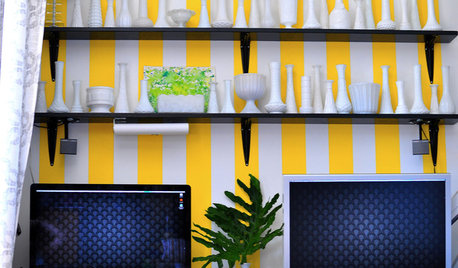
ACCESSORIESHow to Hide Those Messy Wires
Untangle Yourself From Ugly Electrical Cords With a Few Tricks and Accessories
Full Story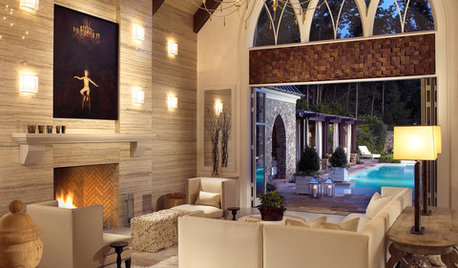
MORE ROOMSHome Tech: Getting Rid of Wires Without Sacrificing Sound
Wireless home technology still isn't perfect, but new products are giving audiophiles choices
Full Story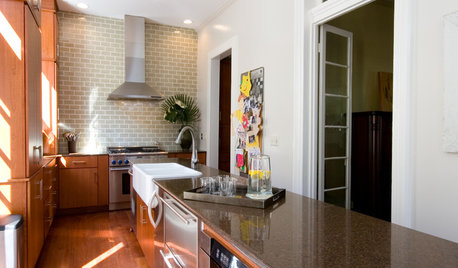
CEILINGSCeiling Fans: Some Spinning Sensations
How to Match Your Fan With Your Space and Keep Cool in Style
Full Story
KITCHEN APPLIANCESLove to Cook? You Need a Fan. Find the Right Kind for You
Don't send budget dollars up in smoke when you need new kitchen ventilation. Here are 9 top types to consider
Full Story
KITCHEN DESIGNHow to Choose the Right Hood Fan for Your Kitchen
Keep your kitchen clean and your home's air fresh by understanding all the options for ventilating via a hood fan
Full Story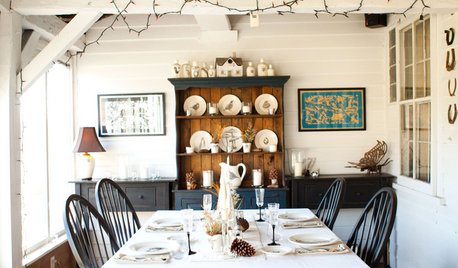
HOUZZ TOURSMy Houzz: Heirlooms and Antiques Befit a 1778 Vermont Home
Family treasures fit right in with original details in a spacious pre–Civil War home renovated with respect for its history
Full Story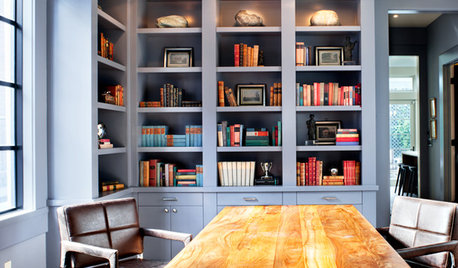
ECLECTIC HOMESHouzz Tour: Run-Down Victorian Gets a Manhattan-Style Makeover
A pre-earthquake Victorian in San Francisco is revitalized with a mix of modern and classic design and a healthy dose of NYC glam
Full Story





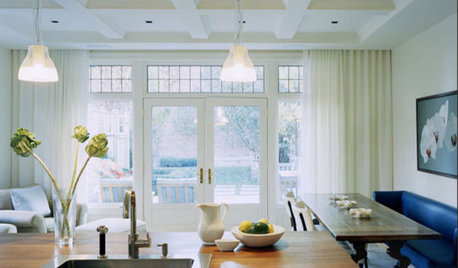


Xclusive